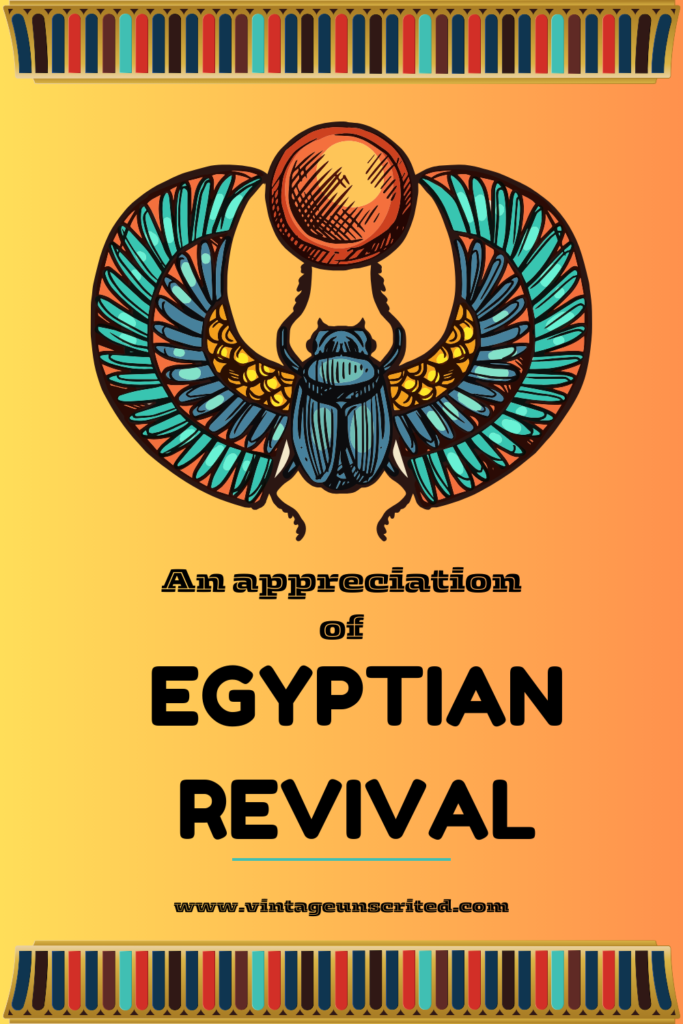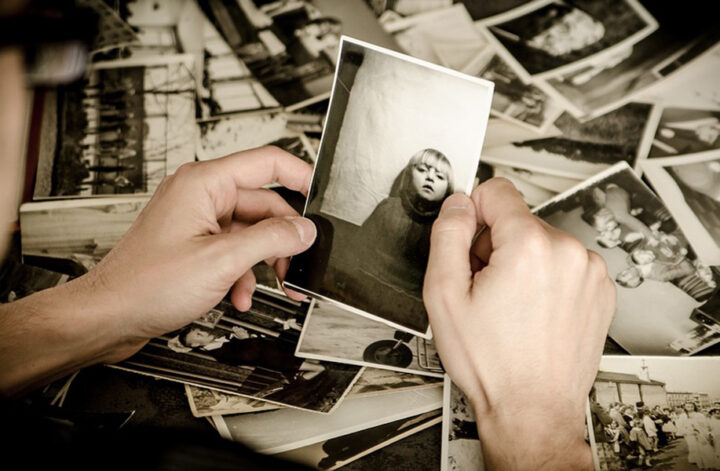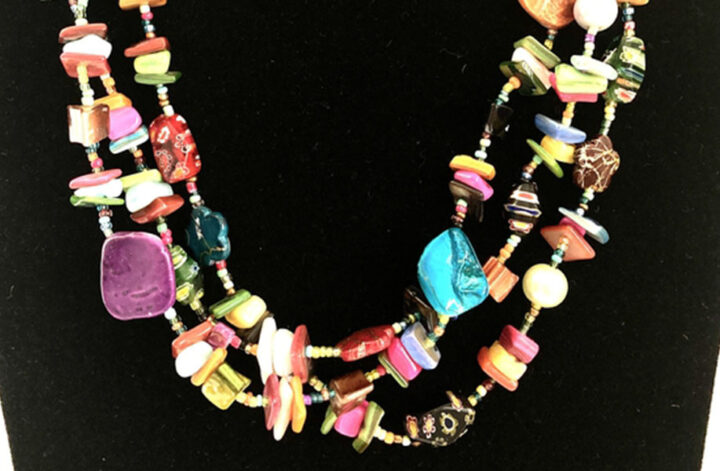Ancient Egyptian art and motifs have inspired western artists, architects and designers for centuries. It was exotic and from a place far away. The appreciation of Egyptian Revival, as this western interpretation of Egyptian style is called, has dotted our cultural history.
It first became popular in 1798, shortly after Napoleon’s campaign into Egypt and Syria. The translation of the Rosetta Stone in 1922 again renewed interest. There was a resurgence again shortly after the Civil War, when a French archeologist shipped treasures from Egypt to be displayed at the Louvre. Historic events in Egypt continued to fan the passion of the public for all things Egypt with the opening of the Suez Canal during the Victorian era. The 1922 discovery of King Tutankhamen’s tomb brought another wave. The tomb was opened in 1923, one hundred years ago. More recently, popular culture played a part in keeping attention on the art form. The 1963 film Cleopatra released a new wave of trendy Egyptian decor, clothing and jewelry.
Egyptian Revival is unique in that it was introduced to architecture as well as the decorative arts. Everything from the Washington Monument to clothing, jewelry and furniture can be found with an Egyptian Revival aesthetic. Examples, you say? The gateway at the Mt. Auburn Cemetery in Cambridge, MA is one of the first Egyptian Revival structures in America, built originally of wood in 1832. Sticking with the cemetery theme, wander through almost any cemetery anywhere in America and you will find obelisk monuments.
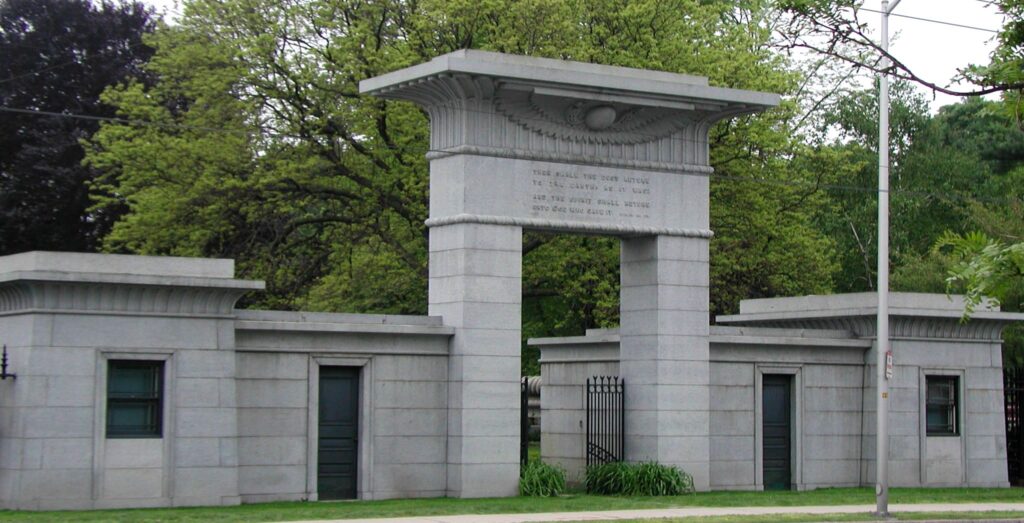
One of the most distinctive Egyptian Revival buildings, and there is intense competition, has to be the Reebie Storage Warehouse in Chicago. Built in 1921, a pair of statues of Rameses II flanked the entryway.
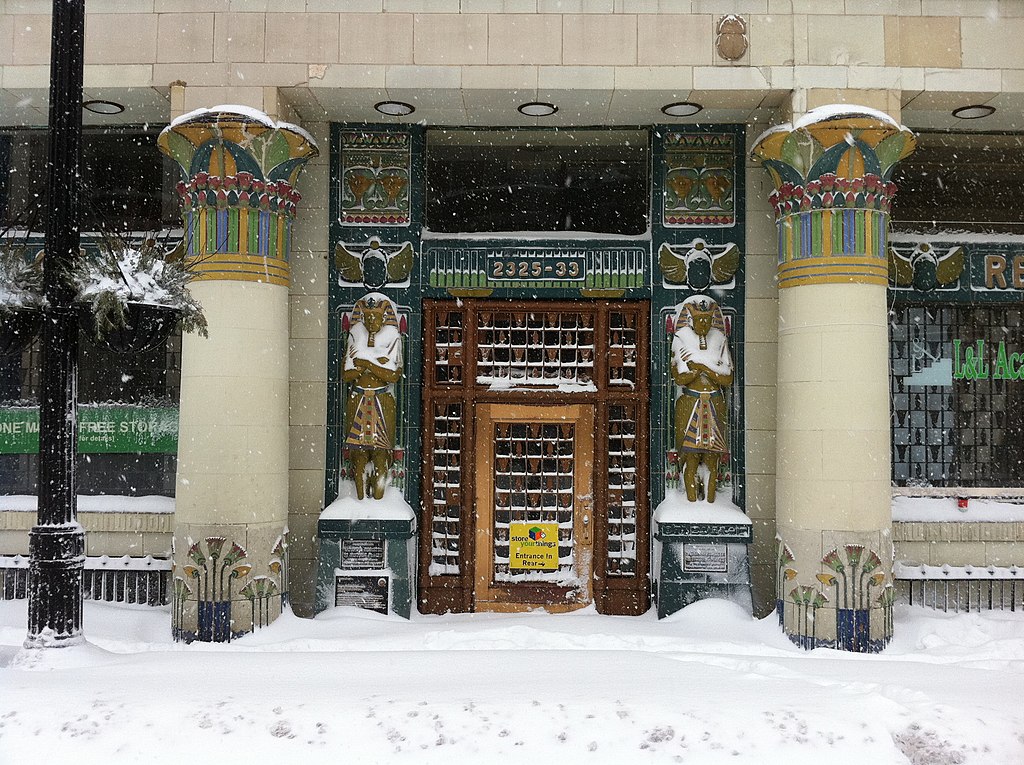
Grauman’s Egyptian Theatre in Hollywood, California is another example of Egyptian Revival architecture. The building was recently purchased by Netflix and restored to its original 1922 grandeur. It was the first theatre to host a Hollywood premiere.
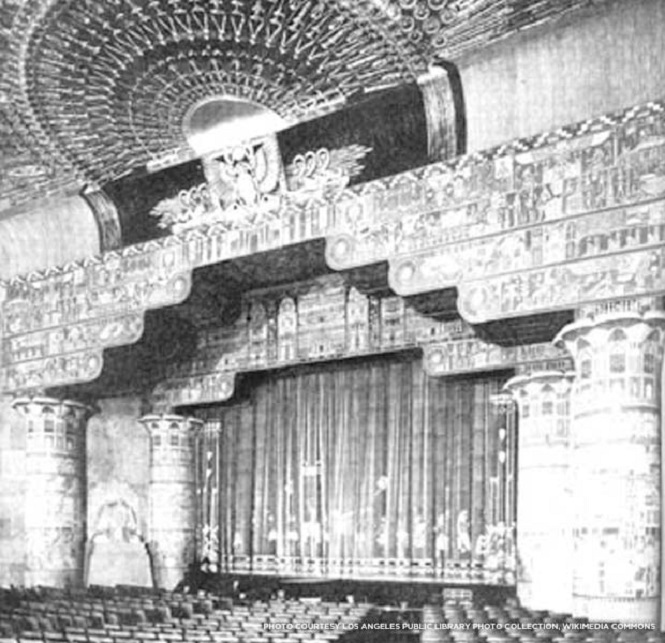
Appreciation of the Egyptian Revival was not just on a grand scale. More modestly, jewelry gave Egypt-hungry consumers art they could wear. Joseff of Hollywood created some of the most famous costume jewelry throughout the Golden Age of Hollywood including Elizabeth Taylor’s jewelry for her role as Cleopatra. Scarab bracelets were hugely popular in the 1960s. Charm bracelets with Egyptian landmarks, earrings with hieroglyphics. The vintage world is filled with beautiful pieces to adorn yourself in style.
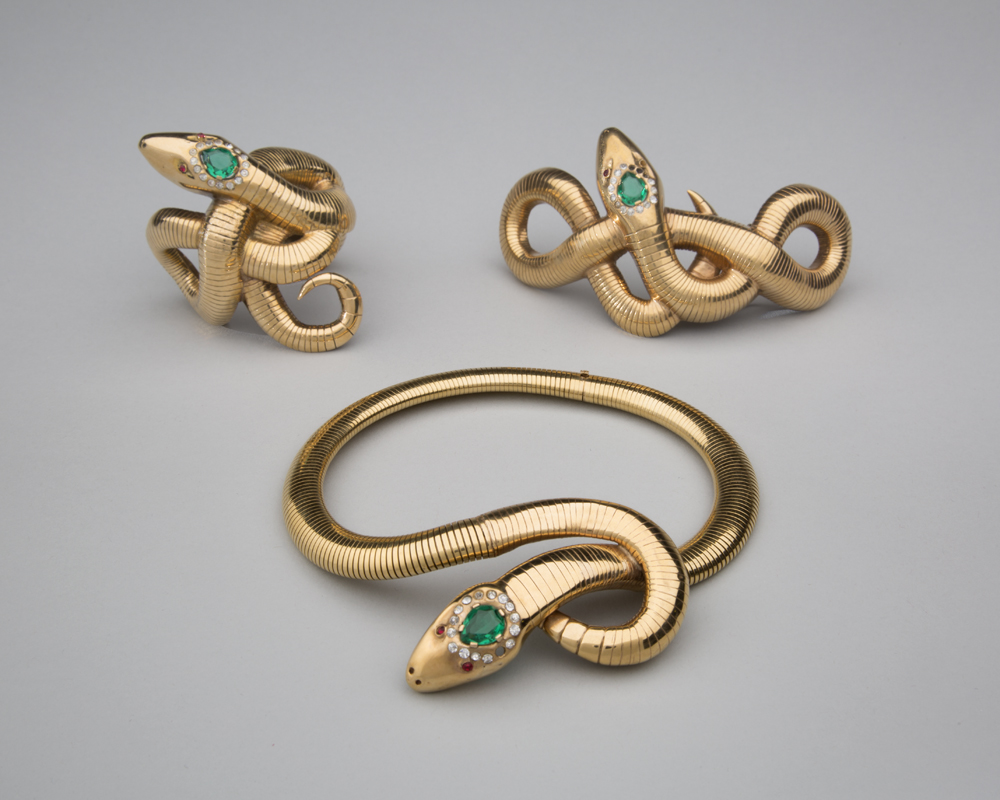
With its distinctive obelisks, nature symbolisms and a tendency toward stylized interpretations of lotus flowers and palms, it’s no wonder the style continues to be popular for generations. Those with an appreciation of the Egyptian Revival value its opulent yet restrained aesthetic. Think simple shapes that are highly decorated. Since the look was primarily used as an accent either in a room or as a wardrobe accessory, items were rarely made in complete sets.
Look around the next time you walk through a city or visit an antique shop. You’re sure to find some Egyptian Revival architecture to post on Instagram, or the right piece of decor to bring home.
Extra Credit:
Read an essay about Egyptian Revival style from the Metropolitan Museum of Art, NY.
Washington State has a number of historic Egyptian Revival buildings, read about them here.
